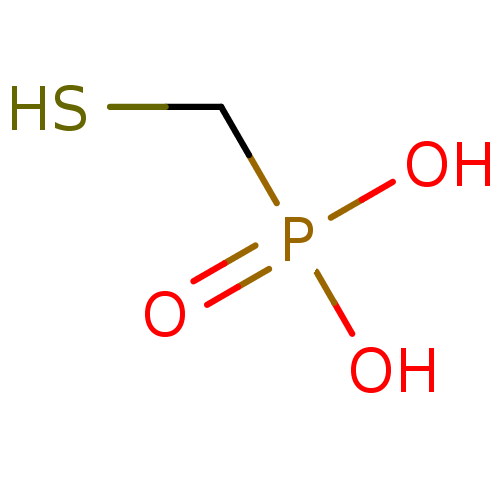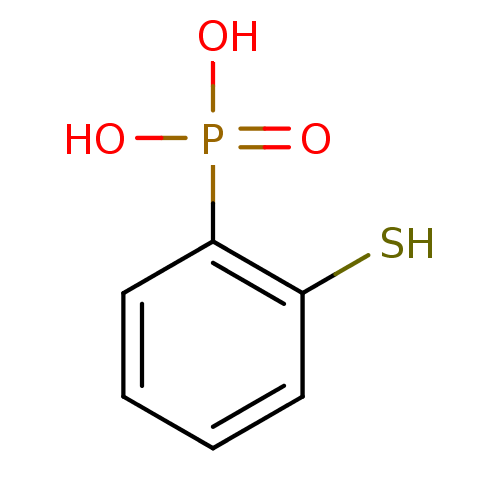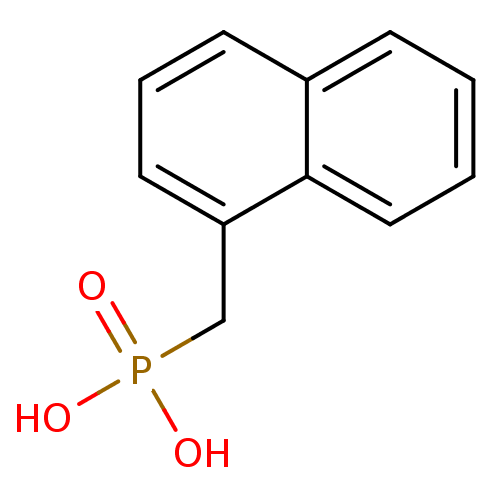TargetFe(3+)-Zn(2+) purple acid phosphatase(Phaseolus vulgaris)
The University Of Queensland
Curated by ChEMBL
The University Of Queensland
Curated by ChEMBL
Affinity DataIC50: 8.00E+4nMAssay Description:Inhibition of red kidney beans purple acid phosphataseMore data for this Ligand-Target Pair
TargetFe(3+)-Zn(2+) purple acid phosphatase(Phaseolus vulgaris)
The University Of Queensland
Curated by ChEMBL
The University Of Queensland
Curated by ChEMBL
Affinity DataIC50: 1.60E+5nMAssay Description:Inhibition of red kidney beans purple acid phosphataseMore data for this Ligand-Target Pair
TargetFe(3+)-Zn(2+) purple acid phosphatase(Phaseolus vulgaris)
The University Of Queensland
Curated by ChEMBL
The University Of Queensland
Curated by ChEMBL
Affinity DataIC50: 3.50E+5nMAssay Description:Inhibition of red kidney beans purple acid phosphataseMore data for this Ligand-Target Pair
TargetFe(3+)-Zn(2+) purple acid phosphatase(Phaseolus vulgaris)
The University Of Queensland
Curated by ChEMBL
The University Of Queensland
Curated by ChEMBL
Affinity DataIC50: 3.00E+6nMAssay Description:Inhibition of red kidney beans purple acid phosphataseMore data for this Ligand-Target Pair
TargetFe(3+)-Zn(2+) purple acid phosphatase(Phaseolus vulgaris)
The University Of Queensland
Curated by ChEMBL
The University Of Queensland
Curated by ChEMBL
Affinity DataIC50: 5.00E+6nMpH: 6.2Assay Description:Inhibition of red kidney bean PAP at pH 6.2More data for this Ligand-Target Pair
TargetFe(3+)-Zn(2+) purple acid phosphatase(Phaseolus vulgaris)
The University Of Queensland
Curated by ChEMBL
The University Of Queensland
Curated by ChEMBL
Affinity DataIC50: >7.00E+6nMpH: 6.2Assay Description:Inhibition of red kidney bean PAP at pH 6.2More data for this Ligand-Target Pair






